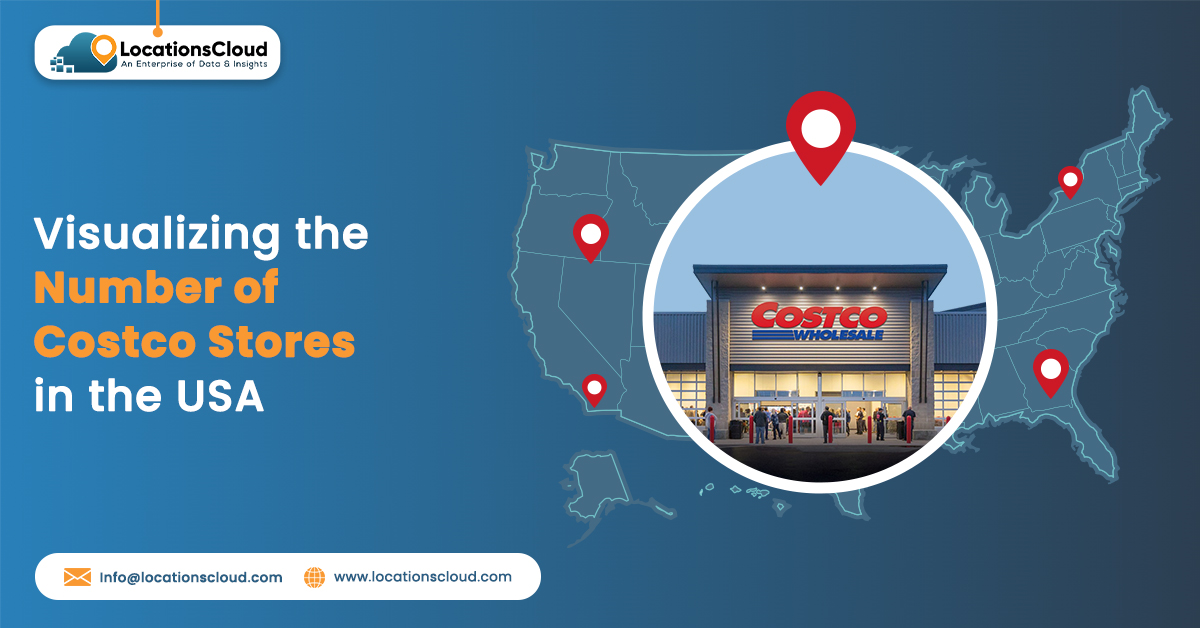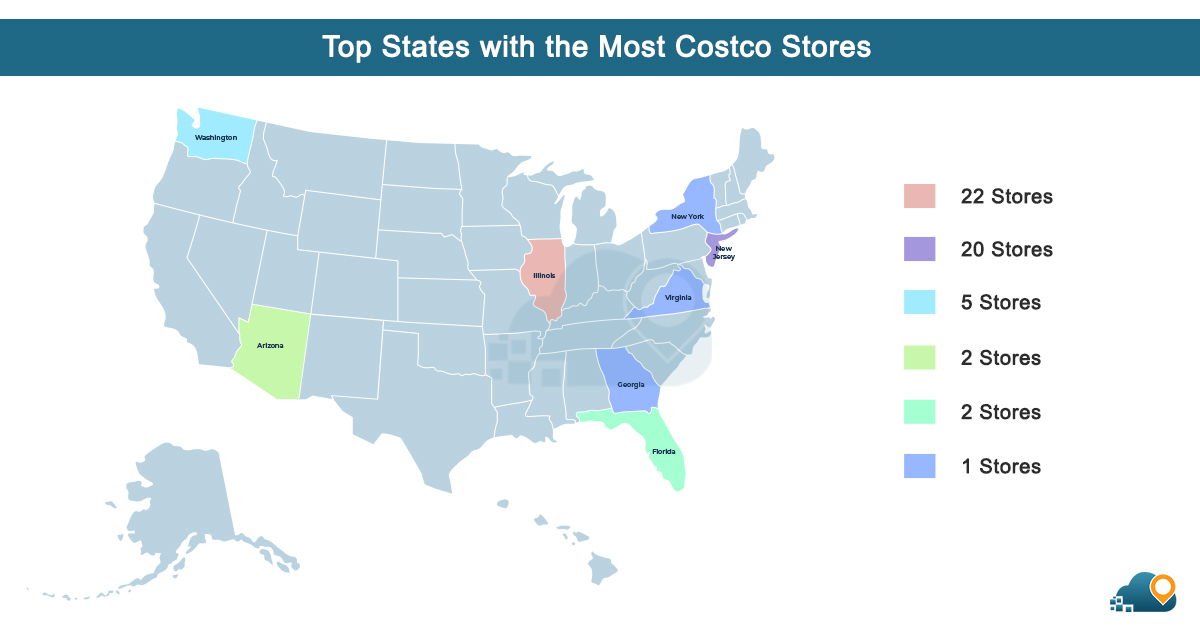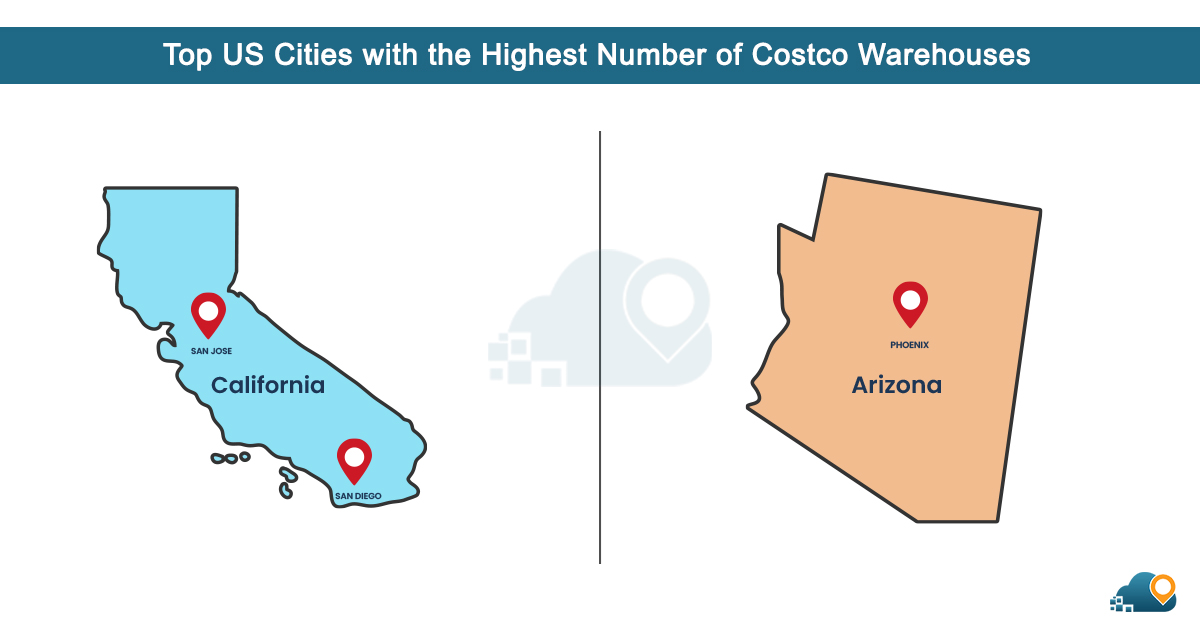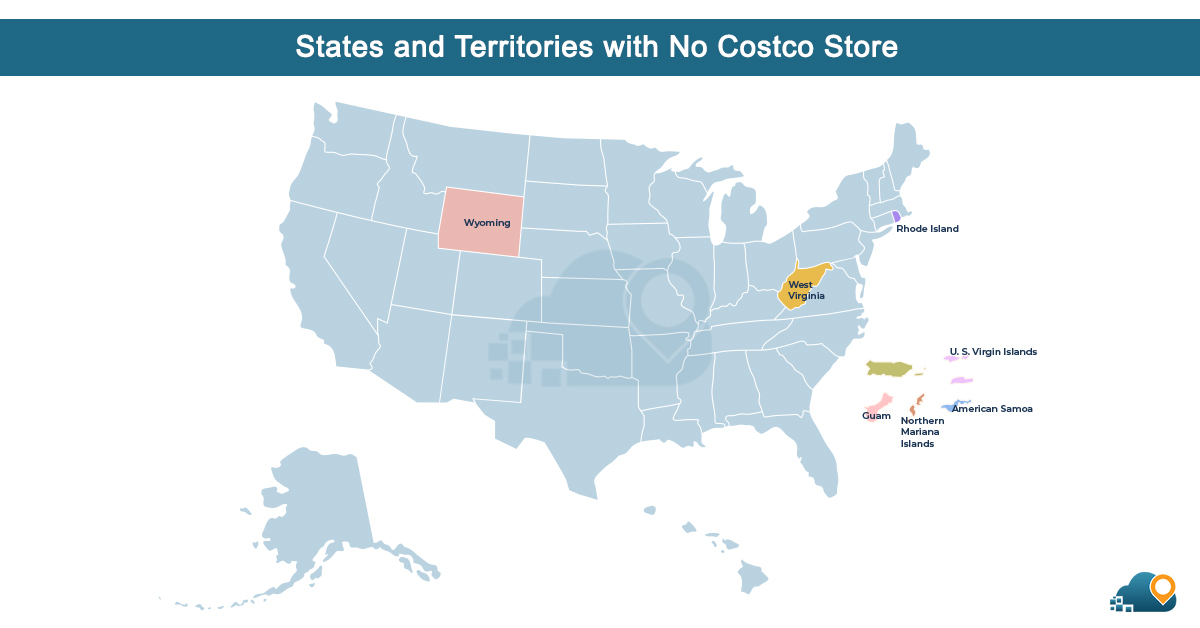
As it is well known, Costco Wholesale Corporation, simply called Costco, is an American multinational company that owns a membership-only big-box warehouse club store chain. Currently, Costco Worldwide has taken the position of the third-largest retail store internationally. At the same time, according to data from 2016, it holds the title of the largest world retailer of choice for prime beef, organic products, rotisserie chicken, and wine. According to the Fortune Global 500 list that measures the market capitalization of the largest corporations in the United States, it comes with the position of 11th. Costco utilizes the club warehouse wholesale retailer distribution system and a direct consumer selling system using a private label brand.
The global corporate office of Costco is in Issaquah, Washington, a suburb near Seattle. Nevertheless, it has its Kirkland Signature house label, which was derived from its original location in Kirkland. Air Media opened the initial warehouse in Seattle in 1983. However, by merging with its former competitor with a similar background, it has a corporate history of 1976, although the formation of the company that gave birth to Costco originated from Price Club, which was established in San Diego, California.
Due to its location and convenience, such as the availability of products in more significant quantities than required at much cheaper rates, Costco can be viewed as a valuable shopping spot. Initially, the first warehouse supermarket store was established in San Diego, California in the year 1976. It was growing fast, and within a short time, it reached out to the western part of the United States. The central and eastern US only saw rapid growth in the locations of this store beginning mid to end of the 1900s.
Quick Analysis of Costco Stores
As of April 2024, the total number of Costco warehouses is 876. In the United States alone, there are 604 facility locations, of which four are in Puerto Rico. There are also 108 outlets in Canada, 40 in Mexico, 33 outlets in Japan, 29 in the United Kingdom, 18 in South Korea, 15 in Australia, 14 in Taiwan, six in China, four in Spain, two in France, and one each in Iceland, New Zealand, and Sweden.
Top States with the Most Costco Stores

Like every other superstore around the globe, Costco has changed how we shop. This easily qualifies it as a shopping destination due to its model of selling packaging-sensitive goods in large quantities at unbelievable discounts to the average retail. The first Costco store was established in San Diego, California in 1976. Early into the 1990s, the company grew very fast within the coastal states of the U.S., and in the middle to the later part of the same decade, the company started its incredible growth in the middle and north of the U.S.
California leads with 129 Costco stores, which is 22% of all U.S. Costco locations. This high concentration is about 3 stores per million people, with one store for every 306,279 residents. The large number of stores reflects California’s vast population and high demand for bulk purchasing options.
With 36 stores, Texas holds 6% of the total U.S. Costco locations. This results in roughly 1 store per million people, serving around 805,556 residents per store. The lower store density compared to California suggests a more dispersed population or different market conditions requiring fewer stores to meet demand.
Washington and Florida each have 6% of the total number of Costco locations in the United States. Washington has 35 Costco stores, while Florida has 33.
Washington:
Washington has a notably high density of Costco stores, with about 5 stores per million people. This translates to one Costco store for every 217,714 residents, indicating a solid market presence in the state. The high store density suggests that Costco is very popular in Washington, with a significant demand for bulk goods and wholesale shopping. This could be due to various factors, such as the state’s economic profile, the distribution of urban and suburban areas, and consumer shopping habits that favor bulk purchasing.
Florida:
In contrast, Florida has a lower density of Costco stores compared to Washington, with about 2 stores per million people. Each Costco in Florida serves approximately 650,909 residents. This lower density implies a more balanced approach to store placement relative to the state’s population size. Florida’s demographic and geographic diversity might mean that Costco locations are strategically placed to serve larger population centers effectively without oversaturating the market. These differences in the distribution may be attributed to the variation like areas within the state; urban, suburban, and rural regions are evident; thus, this structure may ensure that Costco stores serve a large segment of the population and, at the same time does not simultaneously place its stores in direct competition within the state.
Illinois:
Thus, Illinois is home to 22 Costco stores, which is 4% of all Costco stores in the United States. A population of approximately 12.67 million results in about 2 stores per million people. Each store serves around 575,909 residents. This moderate store density indicates a significant presence in Illinois, catering to its diverse and populated regions, particularly in urban and suburban areas where demand for bulk purchasing is likely high.
New Jersey:
New Jersey hosts 20 Costco stores, making up 3% of the national total. The state’s population of 8.88 million means there are about 2 stores per million people, with each store serving approximately 444,000 residents. New Jersey’s high population density and urbanized regions contribute to the strategic placement of Costco stores, ensuring accessibility to a large number of residents who benefit from wholesale shopping.
Arizona:
Arizona has 21 Costco stores, which represent 4% of U.S. locations. With a population of 7.28 million, this equates to roughly 3 stores per million people. Each store serves around 346,667 residents, reflecting a higher store density compared to Illinois and New Jersey. Arizona’s growing population and suburban expansion likely drive this higher concentration, meeting the demands of its residents for bulk goods and convenience.
New York, Virginia, and Georgia:
New York has 18 Costco stores, comprising 3% of the national total. With a population of 19.45 million, this results in about 1 store per million people, with each store serving approximately 1,080,556 residents. Virginia also has 16 stores (3%), serving its 8.54 million residents at a rate of about 2 stores per million people, with each store catering to around 533,750 residents. Georgia’s 18 stores (3%) serve its 10.62 million residents, with a density of about 2 stores per million people, and each store serves 590,000 residents. These states reflect a balanced approach to store placement, ensuring coverage across populous regions while maintaining accessibility for wholesale shoppers in urban and suburban areas.
Top US Cities with the Highest Number of Costco Warehouses

Several cities in the USA have more than one Costco store, demonstrating increased consumer interest in bulk shopping and membership warehouse clubs. Cities such as Phoenix in Arizona, San Diego in California, and San Jose in California have five stores. These cities are also likely to be densely populated and command a healthy economic base, providing the Costco warehouses enough customer base with their membership model to ensure that Costco items are easily accessible at affordable prices across these cities.
In addition to these top cities, several others have three Costco stores each, demonstrating a solid but slightly less concentrated demand. The list of such cities is Sacramento and South San Francisco in California, Albuquerque in New Mexico, Indianapolis in Indiana, Atlanta in Georgia, Houston in Texas, and Las Vegas in Nevada. All these places are deliberately selected due to the high population, demand, and distribution channels through which Costco is more likely to achieve its goal of capturing a significant market share. These locations reveal the strategic locations with the proposed WMS to make it convenient for Costco’s members. Since Costco has been locating several stores in strategically concentrated markets, it has an opportunity to serve clients ranging from city people to those who live in suburban areas. This approach not only serves to the customers’ satisfaction but also strengthens Costco’s position as one of the leading players in the wholesale market in the United States.
States and Territories with No Costco Store

Even though Costco is operational across almost all states, there are Costco stores in specific states or territories where corporations may have different geographical locations, populations, and economic statuses, which might explain the absence of Costco stores.
Costco’s failure to have outlets in these 7 states and territories explains the company’s diplomatic approach to population density, practicality, and relevant economy. Because Costco depends significantly on its membership base, on the one hand, and efficient supply chain networks and logistics, on the other hand, its business model suits densely populated areas but not remote locations. Thus, as much as Costco targets a broad customer base, some areas are still inaccessible to the company’s operations due to such practicalities.
West Virginia:
Thousands of people are still yearning for a Costco store in West Virginia, although its geography consists of many mountains and a rural setting. The following can be attributed to it, which may make it less suitable for Costco’s larger warehouse layout, which enjoys the larger markets of densely populated states. The above perception may explain why the state has a relatively small population and low levels of urbanization compared to other states.
Wyoming:
Retail groceries also have a poor preference in Wyoming, although it is the least populated state in the United States and does not have a Costco store. Since Wyoming is very expansive and sparsely populated, there is no high concentration of customers for wholesale products. This means that some of the business models implemented by Costco, such as high traffic and huge member base, are hard to implement in states like Wyoming, which has low population density.
American Samoa:
American Samoa, the South Pacific territory of the United States of America, currently has no Costco store. The island is also rather distant and has a relatively small population, both of which can pose a problem for Costco’s distribution systems, or lack thereof, making it unfeasible to open a store there. Another disadvantage of such a location could be the high cost of transferring goods to a distant territory.
Guam:
Another U.S. territory in the Pacific region that currently does not have a Costco store is Guam. As seen in American Samoa, Guam’s geographic location and the limited number of people it has or can support could be a challenge for Costco. These factors might discourage Costco from establishing a store because the costs of shipping the products to Guam are relatively high and involve many issues.
Rhode Island:
Rhode Island may be one of the most densely populated states in the USA, but it does not have any Costco stores, and this state is the smallest in terms of area. This makes the need for a Costco store within the state not compulsory; there are not many Costco branches in adjacent states.
U. S. Virgin Islands:
Currently, this company has no store in the U.S.Virgin Islands, a group of islands situated in the Caribbean. The islands’ lower inhabitants and the physical implication of restocking a store in an island jurisdiction probably explain why Costco is nonexistent. The high costs of transportation and distribution can be significant barriers.
Northern Mariana Islands:
The Northern Mariana Islands, another Pacific territory, also lack a Costco store. Like American Samoa and Guam, the islands’ remote location and limited population size pose significant logistical and economic challenges for Costco. These markets may not effectively cover the expenses incurred in proactively maintaining a supply chain to such distant areas.
Conclusion
The business model of Costco depends more on the sales of various products and millions of members globally, with almost 128 million making constant contributions in the form of membership fees. This membership plan also gives financial benefits and results to customer loyalty since the members will have to shop extensively within the business to be valued for their membership. These fees contribute to Costco’s retail model of low margin with high volume; thus, it can offer low prices and sustain a robust product range. This approach has immensely contributed to the expansion of Costco making it among the largest corporations in the United States of America.
Since it operates as a stock exchanging company, Costco belongs to its shareholders instead of an individual. This form of ownership structure enables Costco to easily source for capital through share selling in the market which is crucial for their expansion and development. The receipt of a regular income from the membership is used to expand the business by opening new warehouses and to improve the existing services. This fortifies the Costco market position and ensures that the firm continues to thrive in the highly charged retail business environment.


